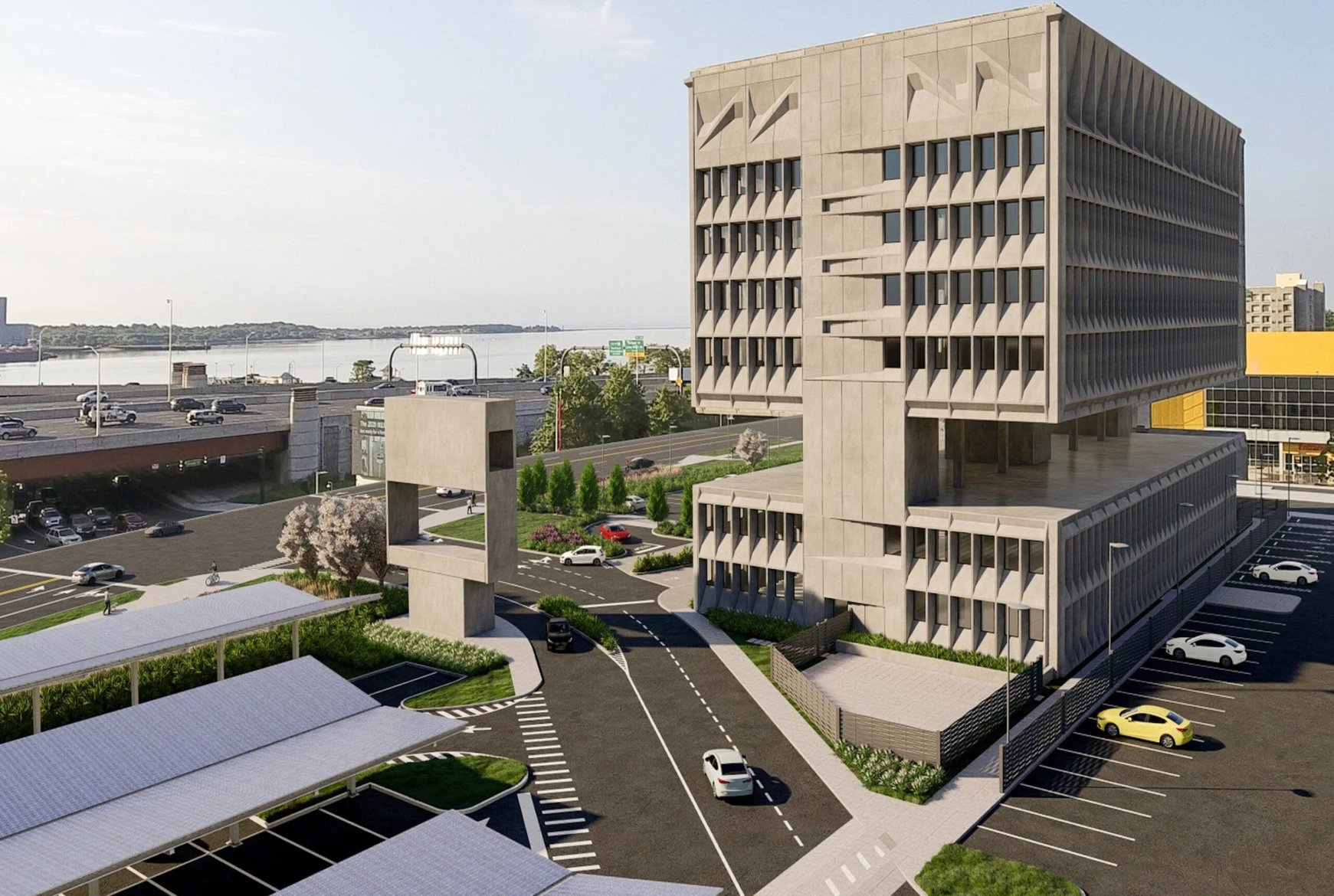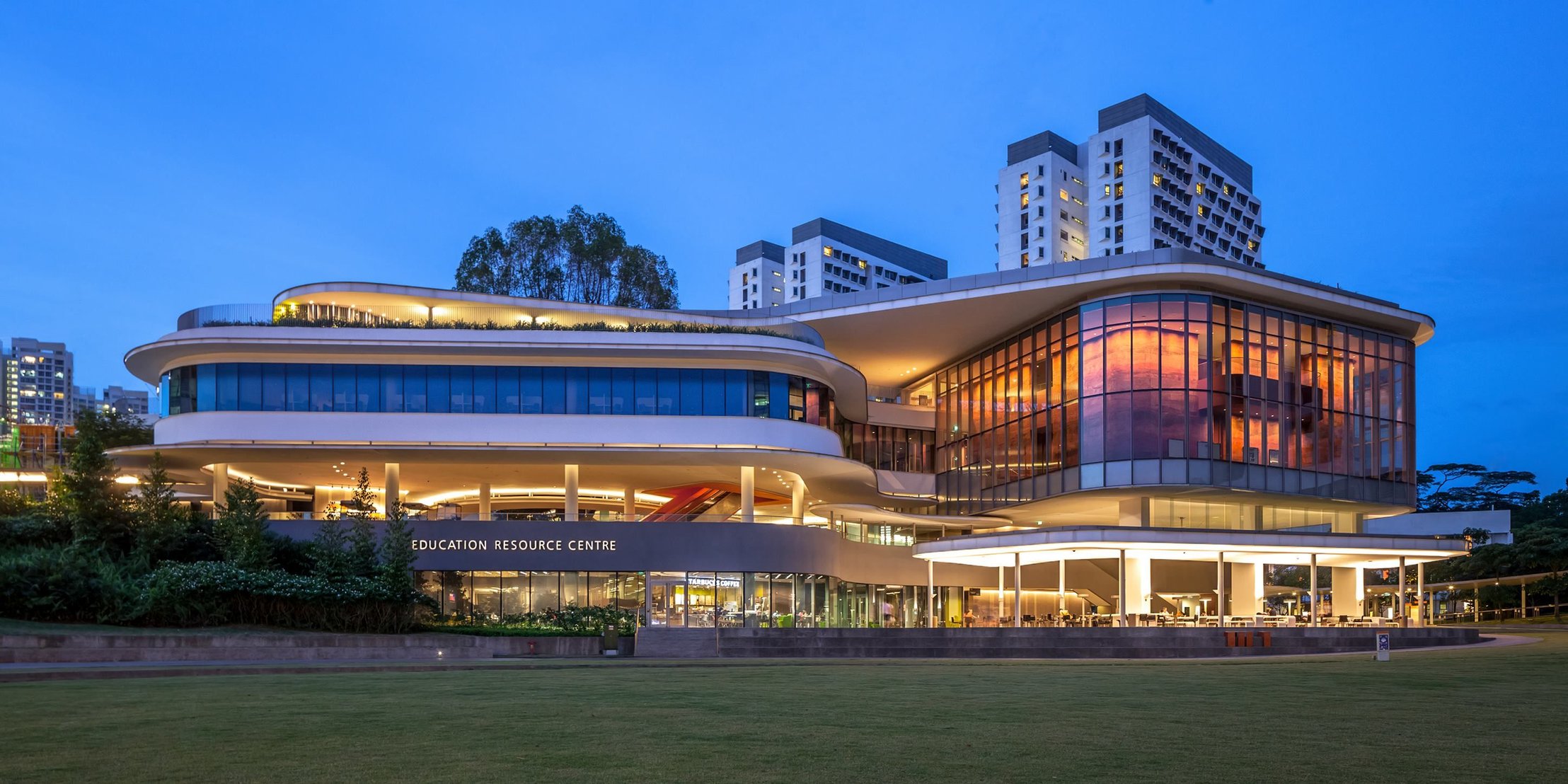
With the world moving towards sustainable development and sustainable construction, many models of green buildings have appeared around the world, and a group of these buildings have been able to draw attention to them due to the modern technologies used in their construction, and their beauty that captivated everyone who saw them, whether in reality or via virtual reality, in addition to To its ability to provide an environmentally friendly model free of harmful emissions, that is why many engineers and construction companies began to learn about the minute details of these buildings to benefit from them in the future in their sustainable buildings.
Waste energy generation plant – CopenHill
This station was opened in 2019 AD, and it is considered one of the most sustainable projects in the world, as engineers transformed it from a mere power station, into a facility where energy is generated from waste, and with its aesthetics, it is known today as one of the places and urban entertainment centers in Denmark, specifically in Copenhagen.
Perhaps the most prominent feature of CopenHill is that it does not contain carbon dioxide, and it operates with an efficiency of up to 110% while providing low-carbon electricity to more than half a million people. This station also has the advantage of working as a ski slope, and also as a climbing wall, and this also made it an important landmark. All of these features contributed to CopenHill Station being awarded the World Building Award in 2021.

The company that turned into a hotel – Hotel Marcel
This hotel is located in the United States of America, and it was originally the headquarters of the Armstrong Rubber Company . After leaving it, the building remained empty for many years, and at the time when a large part of the building was demolished, what remained of it began to collapse, until Architect Bruce Redman appeared.
In 2020, he purchased this building, and spent two consecutive years transforming it into what is known today as the Marcel Hotel, which is a 165-room hotel. It is also recognized by (Passive House) and as an energy-free building , it has obtained the ( LEED) certificate. Platinum).

Creations of architect Zaha Hadid – BEEAH Group
It is the first building of this type supervised by the company (ZHA), and it was designed by the famous Iraqi architect Zaha Hadid, to be the headquarters of the Bee’ah Group in the United Arab Emirates. This building attracted attention with its beauty and sustainability, as it relies on a photovoltaic system that generates sufficient energy in order to meet the increasing demand for energy during the summer, while during its construction process the engineers relied on the minimum amount of energy, and often used Recycled materials in construction.

Australian software company headquarters – Atlassian
In Australia, and in the city of Sydney specifically, this distinguished building is located, which is considered the new headquarters of the famous Australian software company (Atlassian). It is also expected that this building will be a turning point in the future of the city when it opens in the year 2025 AD, and although the building and its structure will not Relying on 100% renewable energy, it will not achieve zero emissions, but it will achieve high and distinguished rates of sustainable development, and it will be the first hybrid building in the world to be made of wood.

Southern California’s Sustainable Marvel – La Jolla Commons
This tower is located in the smart and advanced coastal city, and it consists of 13 floors, which includes offices with glass facades that are often double-layered in order to save energy. This tower achieves carbon neutrality through its high-performance design, and the existing fuel cells on site, which It generates more electricity than the building and its tenants need, while this architectural marvel features dedicated air distribution systems and a treated water company for cooling and irrigation in the building.

Model University in Singapore – National University of Singapore
The design of the National University of Singapore drew attention to it, especially as it is the first zero-energy structure in the country, and it has been described as a prototype of sustainable design, through which it shows the desire to promote the fields of education and sustainability in the Southeast Asian region, specifically Singapore, at a time when it extends The university is designed on an area of up to 30 thousand square feet, and includes six floors, public spaces, research centers, a library, and a café, all in the middle of a charming natural space.
